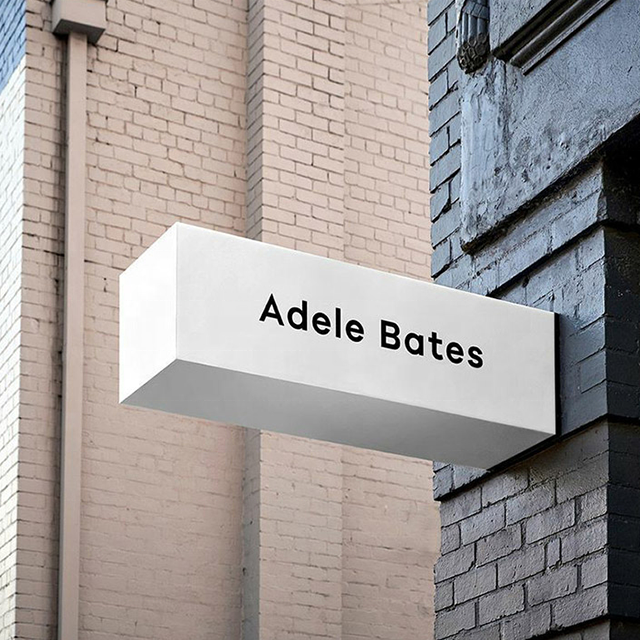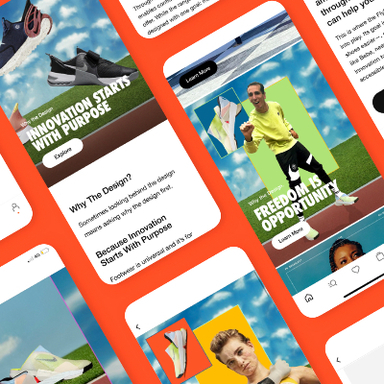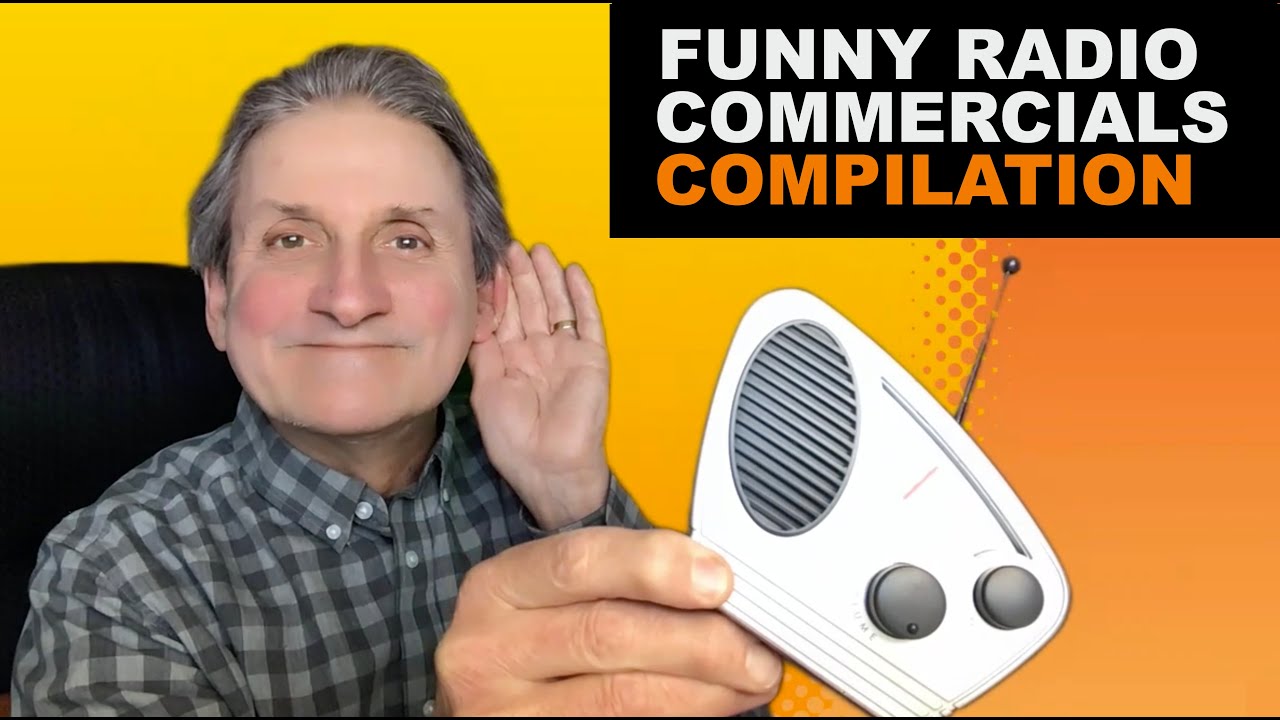
Clear Channel, an OOH advertising company that is among the most successful, has taken a new strategy: blending traditional outdoor advertising techniques with the most advanced digital technologies. Clear Channel's recent campaign, which showcases their global reach, makes use of the most current technology to sequence creative globally.
Ad agencies are increasingly using billboards for their messages due to the decline in print media. Advertisers often choose a billboard based upon the area, demographics, and traffic patterns in the particular city.
Billboards offer a high-impact, cost-effective way to reach a targeted audience. However, they also are subject to competition. A billboard's cost is affected by several factors. Whether the billboard is a static or digital, its size, and the demographics of the audience all play a role. Additionally, the cost of a billboard may be affected by its geographical location. Billboards located in close proximity to commercial establishments can have the same demographics that billboards farther away. Additionally, billboards that are close to commercial establishments can be a popular destination for consumers.

Clear Channel recently launched RADAR which allows advertisers to gain demographic information on the people who see their billboards. The program allows brands to generate engaging content and provides enhanced data analysis. Clear Channel can monitor consumer trends using RADAR and connect with them to create more successful campaigns. RADAR can be used with a number partners such as AT&T, PlacedIQ, Trineo and the mobile application developer Trineo. It allows advertisers to access detailed consumer-level information, allowing them to target their campaigns to particular segments.
Clear Channel was the subject a civil antitrust suit by the United States in a recent lawsuit. The complaint seeks to enjoin the proposed transaction on the basis that it would significantly lessen the competitive effects of the existing firms. It would result in a substantial number of advertisers not being able to reach their intended audiences. Advertisers would be likely to pay more for these effects.
The proposed transaction would increase the concentration of billboards in the market, potentially eliminating head-to-head competition between Clear Channel and Fairway. Advertisers will not be the only ones benefiting from this transaction. According to the complaint, there are several barriers that prevent people from entering the billboard market. Some of these barriers include restrictions on the construction and use of billboards.
The absence of outdoor advertising in certain areas is another barrier to entry. Metropolitan markets are one of these. While there are other companies that operate billboards in these areas, some may be unable to compete with Clear Channel and Fairway. Consequently, advertisers seeking to reach a certain demographic in a metropolitan market could find their advertising costs significantly higher.

Lastly, a potential game changer in RADAR is its integration with the mobile technology of PlaceIQ and AT&T. With RADAR, advertisers can document trends, track consumers' movements, and collect detailed demographic information about the audiences they are targeting.
FAQ
What does it mean to be an advertiser buyer?
Advertising space is purchased by an advertiser on TV, radio and printed media.
Advertisers are charged for the time their message will appear.
They don't necessarily seek the best ad; they want to reach their target markets with the most effective ad.
Advertisers may have demographic information such as the age, gender, marital status, income level, occupation, hobbies, and interests of their customers.
This information can be used by advertisers to decide which media works best for them. Direct mail might be more effective with older customers, for example.
Advertisers also evaluate the competition. Advertisers might place their ads near similar businesses if they see them.
Advertisers also need to consider their budget size and how long they will spend it before it expires.
Advertising is what?
Advertising is an art. It's more than just selling products. It's about building emotional connections between brands and people.
Advertising is all about telling stories with images and communicating ideas.
Communication must be clear and persuasive. Your target market should be able to relate to the story you tell.
This makes advertising different from other forms of communication, such as public speaking, writing, or presentations.
You are building a brand identity when you run a successful advertising campaign.
This is how to be remembered. You are someone people remember.
What should you know about radio advertising
It is important that you understand the differences between media. Remember that media can complement each other and are not necessarily competitive.
Radio advertising can be extended to television. Radio complements television advertising by reinforcing key messages or providing additional information.
TV commercials are often too long for radio listeners. Radio ads are usually shorter and less expensive.
What is the best way to learn about television advertising?
Television advertising is an extremely effective medium for reaching many people at once. It was also quite expensive. However, if you use it well, it can be incredibly powerful.
Although there are many types, TV ads share certain common characteristics. When planning any TV ad, the first thing you should do is ensure that it fits within its category. It is not a good idea to try and run a lifestyle TV commercial while running a product or service commercial. Your message must be consistent throughout the campaign.
A second important thing to keep in mind is that prime-time hours is the best time to air ads. This is because most viewers watch TV while relaxing in front of the set. They should be able to concentrate on what you are saying.
Finally, just because you've a lot of money doesn't mean you'll get great results. It may be the reverse. The University of California conducted a study that found commercials shown on popular programs were less likely than those on non-popular programs to sell products. You should ensure that you spend your money wisely if you plan to advertise on television.
How do I choose my target audience?
Start with yourself and those closest to your heart. If you don't know where to begin, ask yourself, "who am I trying to reach?"
Ask yourself these questions. Who are the most influential people within my industry? What problems do they have to deal with every day? Which people are the most intelligent in my industry? Where do they hang out online?
Start at the beginning of your business. What was your motivation for starting? What problem did you solve for yourself, and how did you do it?
These answers will help you identify who your ideal clients are. This will allow you to learn more about your ideal customers and their motivations for buying from you.
Look at your competitors' sites and social media pages for clues as to who they cater.
Once you identify your target customers, then you must decide which channels to use to reach these people. For example, if your company provides services to real estate agents, you might create an informational website targeting home buyers.
If you provide software to small businesses, you could develop a blog targeting those companies' owners.
If you sell clothing, you can create a Facebook fan page for teens. A Twitter account could be set up by restaurant owners to allow parents to search for places that are kid-friendly.
This is the point: There are many ways to communicate your message.
What do you need to know about internet advertising?
Internet advertising is an important part of any business strategy today. It allows companies reach potential customers at a very low cost. There are many options for internet advertising. Some advertising is free and others are paid.
You can also advertise online using banner ads, pop up ads, search engine optimization, pay-per-click advertisements (PPC), social media marketing (e-mail marketing), and mobile marketing. Each method has its advantages and disadvantages.
How much does advertising on social media cost?
This route is not for everyone. You will be charged monthly based on how much time you spend on each platform.
Facebook - $0.10 per 1000 impressions
Twitter - $0.20 per 1,000 impressions (if you tweet)
If you send out invitations to Linkedin, $0.30 per 1,000 impressions
Instagram - $0.50/1000 impressions
Snapchat – $0.60 per 1,000 impressions ($0.40 for each user)
YouTube - $0.25/1000 views
Tumblr - $0.15 per 1,000 impressions for text posts.
Pinterest - $0.05 per 1,000 impressions per month
Google + - $0.15 - $0.20 per 1 Million Impressions
Tumblr $0.15- $0.20 for 100,000 impressions
Vimeo – $0.20- $0.25 Per 10,000 Impressions
Soundcloud - $0.20 to $0.0.25 per 1 Million Plays
StumbleUpon - $0.20 -$0.25 per 1 billion pageviews
Digg: $0.20 – $0.25 per 1,000 diggs
Reddit $0.20-$0.25/1000 comments
Wordpress $0.20-$0.25 per 500 Comments
Flickr - $0.20 -- $0.25 per 5,000 photo uploads
Statistics
- Nonetheless, advertising spending as a share of GDP was slightly lower – about 2.4 percent. (en.wikipedia.org)
- Worldwide spending on advertising in 2015 amounted to an estimated US$529.43 billion. (en.wikipedia.org)
- Advertising spending as a share of GDP was about 2.9 percent. (en.wikipedia.org)
- It collects money from the advertisers, keeps 32% for its role in facilitating the process, and the remaining 68% goes to the publisher (you). (quicksprout.com)
External Links
How To
How can I advertise through Google?
AdWords is Google’s advertising platform that allows businesses to buy ads using specific keywords. First, you need to set up an account. Select a campaign name and set the budget. Choose the ad type (text or image), and add keywords. Then you bid on those keywords. You only pay if someone clicks on your ads if they come from someone who searched for your targeted keywords. This allows you to get paid even if people don’t buy anything.
Google has many tools available to make sure your ads are effective. These include Ads Preferences Manager, Keyword Planner, Analytics, and Ads Preferences Manager. These will allow you to identify the best options for your company.
A keyword planner can help you identify the right keywords for your campaigns. It also shows you how much competition there is for certain keywords, helping you decide whether or not to spend money bidding on them.
Ads Preferences Manager is available to alter settings such as maximum number of impressions per calendar day and minimum cost per click.
Analytics allows you to track and compare the performance of your ads with those of other advertisers. You can also view reports that show how well your ads compared to others.